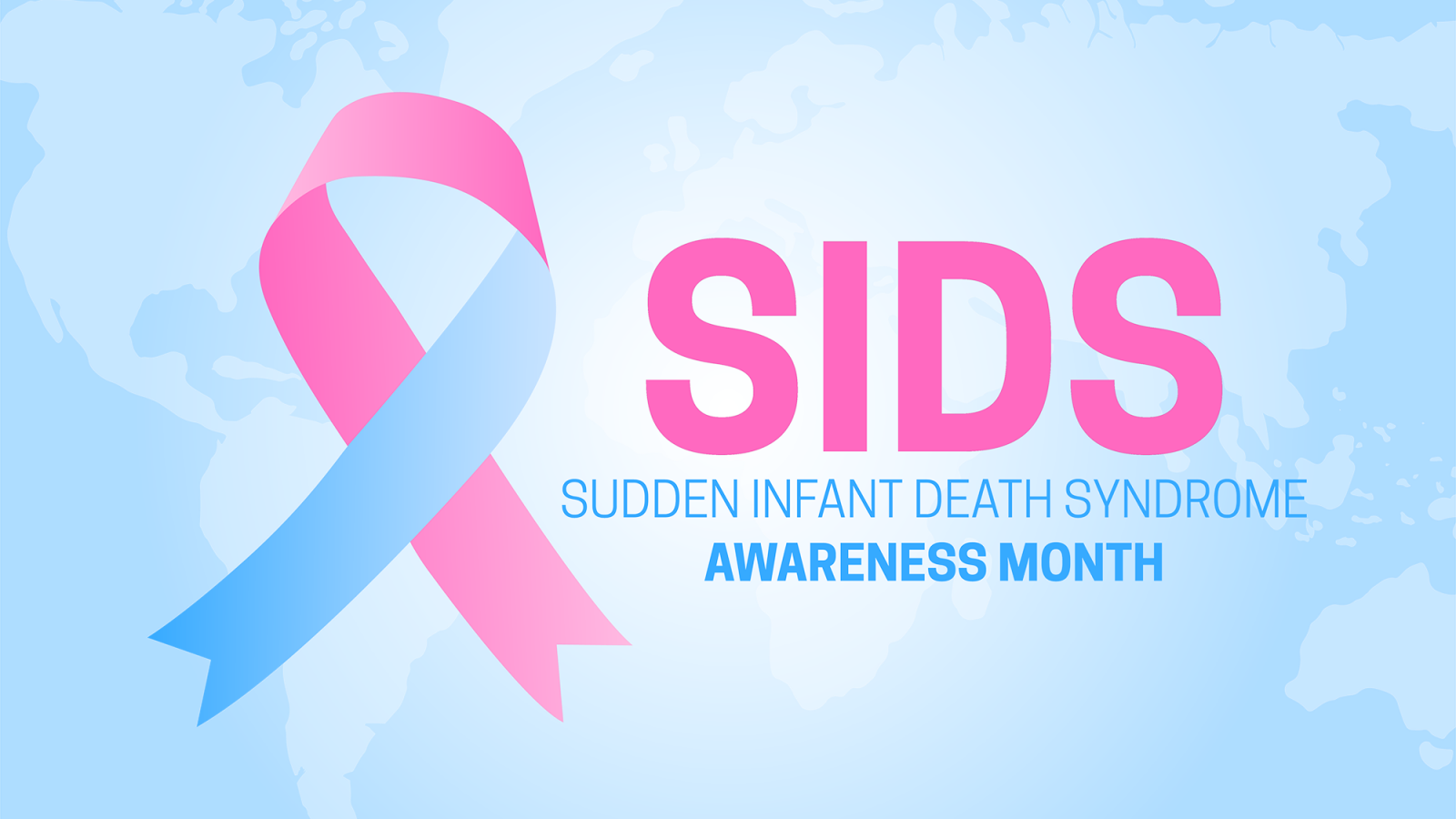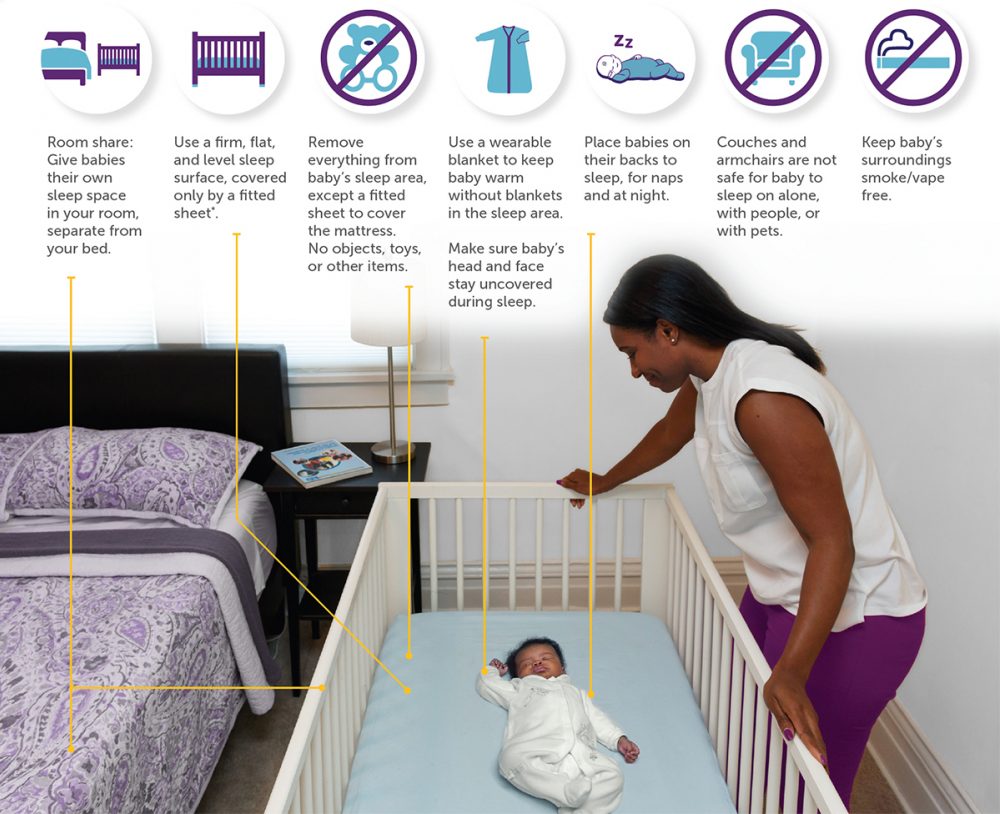
New parents have so much to learn about caring for their newborns. Learning what to do around baby’s sleep time could save lives. That’s the important message of SIDS Awareness Month.
SIDS stands for Sudden Infant Death Syndrome. It is used to describe the sudden and unexpected death of a baby less than one year old. The Centers for Disease Control and Prevention (CDC) says that these deaths often happen during sleep or in the baby’s sleep area.
“Parents will do anything to ensure their baby is safe, but sometimes a child who seems perfectly healthy passes away unexpectedly,” says Dr. Gary Eddey, a pediatrician at Ryan Health | Wadsworth. “SIDS is devastating for families but there are steps you can take to make it less likely to happen.”
While the rate of SIDS deaths is declining, about 3,400 babies still die unexpectedly every year. Surprisingly, there are significant racial and ethnic differences in the rates of SIDS deaths. The Hawaiian/Pacific Islander, American Indian/Alaska Native, and Black communities have higher rates of SIDS deaths than the White and Asian communities.
“There are a few physical factors that are associated with SIDS,” Dr. Eddey says. “For instance, babies with brain defects, those with low birth weight, or those with a respiratory infection may be more susceptible.”
The Safe to Sleep campaign provides key information on preventing SIDS. Safe to Sleep is a project of the Eunice Kennedy Shriver National Institute of Child Health and Human Development in collaboration with other organizations at the National Institutes of Health. Safe to Sleep has produced materials in several languages (links below) that discuss the problem as well as simple solutions for ensuring your baby is safe when you put them down for sleep.
Safe to Sleep provides the following checklist to lower the risk of SIDS:
- Put your baby to sleep on their back, which is the safest position, at night and for naps, until they are at least one year old.
- Use a firm and flat sleep surface, such as a mattress in a safety-approved crib, covered by a fitted sheet with no other bedding or soft items in the sleep area.
- Breastfeed your baby to reduce the risk of SIDS.
- Share a room with your baby for at least the first six months. Make sure baby sleeps in their own area designed for infants. Do not co-sleep with a baby in a bed or couch as it raises the risk of injury or death for the baby.
- Do not put soft objects, toys, crib bumpers, or loose bedding under or over your baby.
- Think about giving your baby a pacifier for naps and nighttime sleep to reduce the risk of SIDS.
- Do not let your baby get too hot during sleep.
And a few more recommendations:
- Do not smoke during pregnancy, and don’t allow smoking around your baby or baby’s environment.
- Follow guidance from your health care provider on your baby’s vaccines and regular health checkups.
- Avoid products that go against safe sleep recommendations, especially those that claim to prevent or reduce the risk of SIDS.
- Do not use heart or breathing monitors in the home to reduce the risk of SIDS.
- Give your baby plenty of tummy time when they are awake, and someone is watching.
In addition to SIDS, there are other sleep-related accidental causes of death for infants. These include:
- Suffocation: when something covers the baby’s face and nose, blocking the ability to breathe
- Entrapment: when a baby gets trapped between objects and can’t breathe
- Strangulation: when something presses on or wraps around a baby’s neck
Understanding the circumstances that can lead to SIDS will reduce the risk. It only takes a few simple steps to ensure your baby is safe while they’re sleeping.
More resources:
- The Safe to Sleep campaign
- Safe to Sleep materials En Espanol
- Safe to Sleep materials En Francais
- American Academy of Pediatrics 2022 Sleep Recommendations
- Learn what the Centers for Disease Control and Prevention is doing about SIDS
- The American SIDS Institute
You can reduce your baby’s risk of SIDS and other sleep-related causes of infant death in the following ways.
